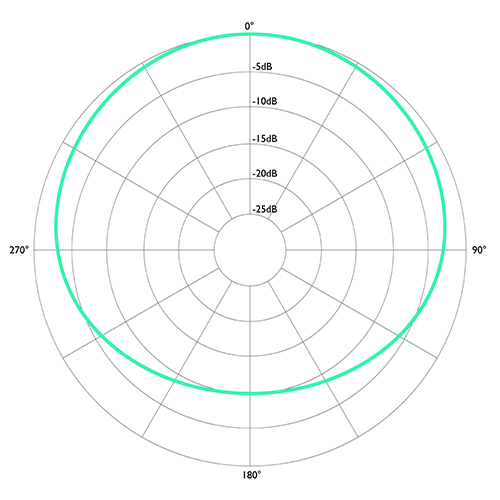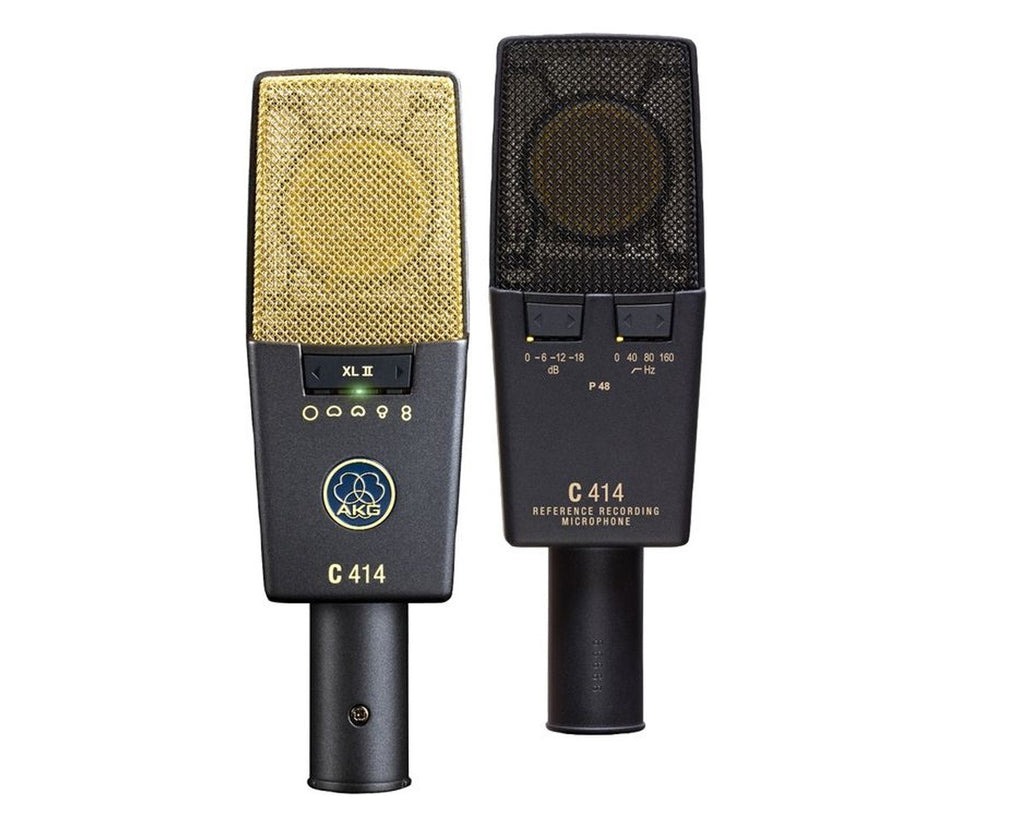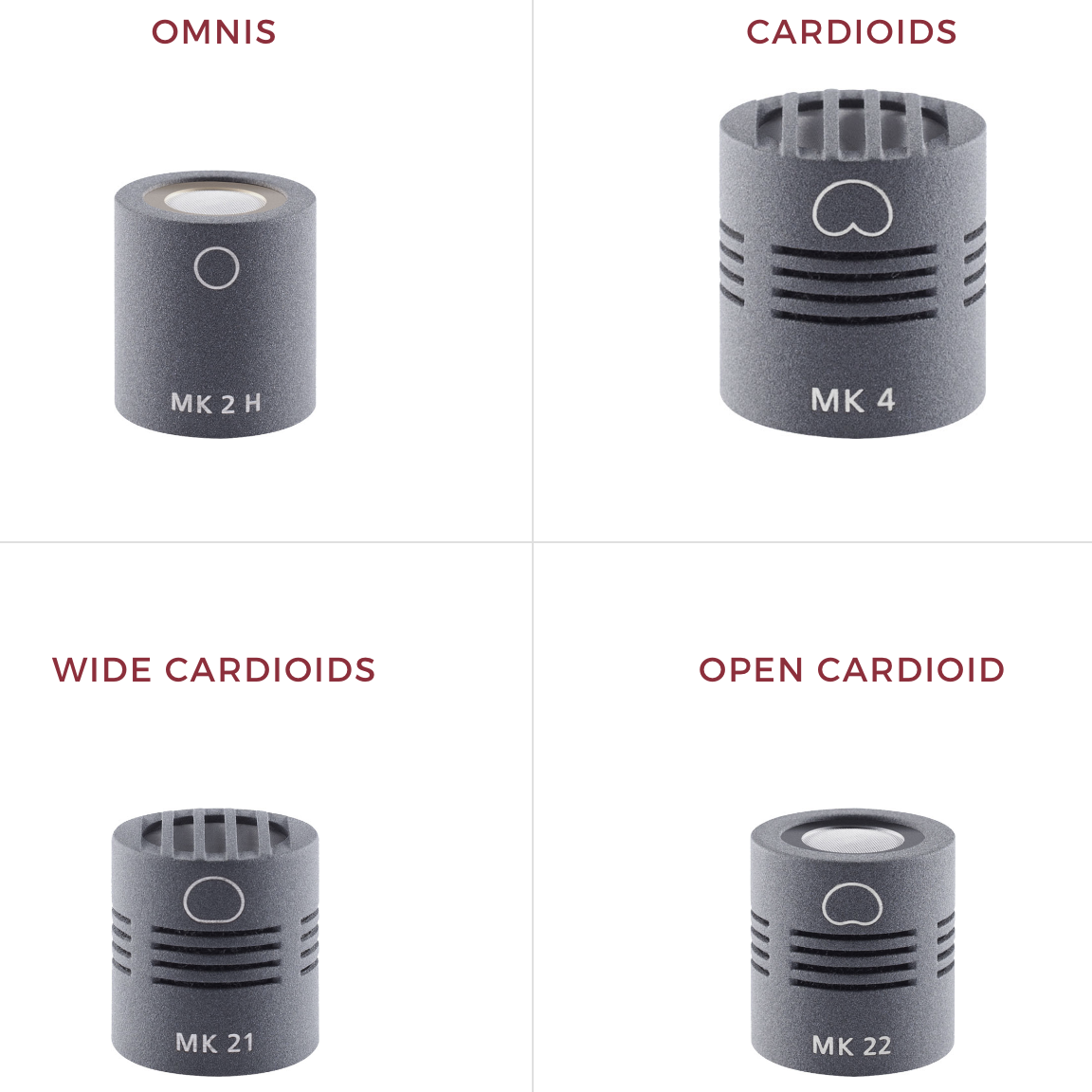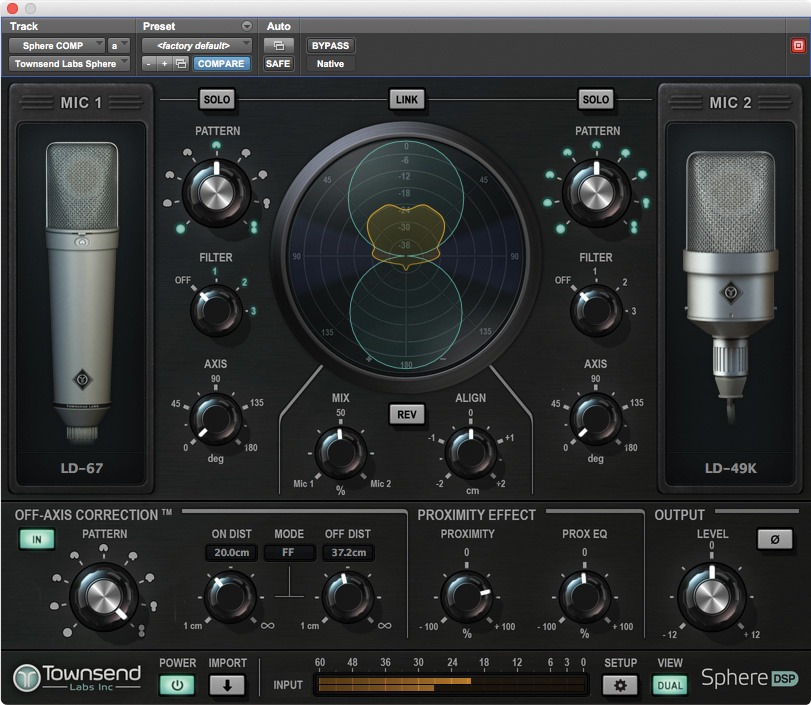There’s no tool more important to an audio engineer than a microphone. Understanding polar patterns, or the directionality with which a microphone picks up sound, is essential for mastering the art and science of recording.
In this article, I’ll break down the different polar patterns, their history, and common applications in which they excel at capturing audio. I’ll also share some audio examples that illustrate how the different polar patterns reject sound as you move around the microphone. Be sure to take the test on polar patterns when you complete this article.
Consider the visual beneath that contains illustrations of the different polar patterns. When examining a microphone’s polar pattern image, you are essentially observing a top-down representation of the microphone facing forward. Zero degrees signifies the microphone’s front, 180 degrees marks the back, while the left and right edges align with 270 and 90 degrees, respectively. Each concentric circle within the image, from the outermost to the innermost, denotes a 5-decibel (dB) reduction in sensitivity.
In this audio example, listen to an acoustic guitar: Version A is cardioid directly in front, Version B is bi-directional directly in front, and Version C is bi-directional directly to the side. Notice the change in timbre in Version B, and the dropoff in volume in Version C.
In this audio example, listen to a tambourine loop: Version A is cardioid directly in front, Version B is cardioid from behind, and Version C is omnidirectional. Note the dropoff in Volume in version B, and a bit more of the room sound in Version C.
CARDIOID
Cardioid, derived from Latin for “heart-shaped” is the most common polar pattern, with many microphones sporting it as their only pattern. This includes studio staples such as the Shure SM57 and SM58, the Sennheiser MD421, the Neumann KM184, and many more.
Be Still My Beating Cardioid
What makes cardioid so useful is the wide on-axis pickup range, while also rejecting sound from the rear. Because of this, cardioid microphones have high gain before feedback when used near monitors, and are therefore an excellent choice for live sound applications, when preventing feedback is a must.
That said, cardioid microphones excel in a recording studio environment, again for their ability to reject bleed, while also having a wide enough pickup to get most recording tasks done with relative ease.
A Shure SM57 up close and personal with a VOX AC30
Common Applications for Cardioid
A large diaphragm condenser like a Neumann U87 Ai set to cardioid is placed directly in front of a vocalist (singer or voiceover), 6 inches to one foot away, with a pop filter placed between the microphone and source. This should result in a clear, present, classic vocal sound. Not every mic works well on every voice, and it’s possible that either the brighter AKG C414 XLII or darker Shure SM7db are better suited to a specific voice, but this isn’t necessarily because of the cardioid polar pattern, and more to do with the frequency response.
The $99 Shure SM57 placed right on the grill of a guitar amplifier, on-axis for a more direct sound, off-axis for a bit less presence. Place the microphone closer to the center of the speaker cone for a brighter tone, and move the microphone away from that spot in any direction to tame excessive highs. Of course, moving the microphone away from the amplifier will bring more of the sound of the room into the equation, and that may be desirable. There are very few sure (Shure?) things in life, but a 57 on a guitar amp is one of them.
Two small diaphragm condensers as drum overheads, such as a Neumann KM184 or Beyerdynamic MC930, placed and angled with precision (see pictures beneath) provide an accurate stereo image of the entire drum kit. As always when using multiple microphones on a singular source, check the phase! Have a listen to the clip beneath and note the excellent rejection as I move behind the microphone.
Audio PlayerOMNIDIRECTIONAL
Also known as “Omni”, Omnidirectional is another common polar pattern for studio and broadcast applications. It picks up in a 360-degree circle around the microphone capsule evenly, making it an excellent choice if you want to capture a sound interacting with its surrounding environment. So if you’ve got the benefit of a room with gorgeous acoustics, Omni makes for a useful tool. If you need to create separation between multiple instruments, however, Omni may not be the preferred choice. Important to note is that omnidirectional microphones do not exhibit the proximity effect. Which is when the closer the sound source is to a microphone, the more emphasized the low frequencies become.
Common applications for Omnidirectional
Many lavalier microphones, which is French for “a pendant worn around the neck”, are omnidirectional. These are the types of tiny microphones you’ll see placed on newscasters, or (hopefully) not placed on actors of your favorite films and TV programs. They do a generally good job of getting the required coverage needed in non-controlled and sometimes chaotic environments.
For capturing the natural sound of a drum kit, string section, or choir reacting with their environment, a singular omnidirectional mic can add a nice sense of dimension and energy to the mix. It is still recommended to have closer ‘spot mics’ to capture the definition of the individual sounds, but Omni is very useful when precision isn’t possible, and you need to capture a wide soundstage. In this clip, take note of no dip in volume as I move around the microphone, but a bit more noise and room ambience.
Audio PlayerBIDIRECTIONAL (FIGURE-EIGHT)
The first bidirectional microphone is often credited to Harry F. Olson, an American engineer, and his work at RCA. In 1931, Olson designed the RCA Model 44A, which became one of the earliest commercially successful bidirectional microphones. This ribbon microphone featured a figure-eight polar pattern, capturing sound equally from the front and rear while minimizing sound from the sides.
Ribbon microphones exhibit bidirectional characteristics owing to their inherent design principles, particularly the configuration of the ribbon transducer. The transducer comprises a thin strip of conductive material suspended within a magnetic field. This design imparts a figure-eight polar pattern to the microphone, rendering it sensitive to sound sources emanating from both the front and rear of the diaphragm.
The RCA 44A and other ribbons like the Coles 4038 and Royer 121 have played a significant role in broadcasting and studio recording, setting a standard for bidirectional microphones. Even today, bidirectional microphones are widely used in audio production.
A lad from Liverpool with a Coles 4038 hanging above his head
Common Applications for Bidirectional Microphones
Due to the limited track counts of yesteryear, bidirectional ribbons were useful for interviews and vocal duets. Engineers placed the talent facing each other and had them sing or speak normally. An added benefit was that any sound from the sides would be rejected, so the microphone was strategically to reject other sources like instrumentation or even monitors. Another early application was to place a bidirectional microphone so that it would pick up both a host and an audience. As technology advanced, these applications became less common, but still illustrate the ingenuity of audio engineers through the years.
One of the wonderful things about the bidirectional polar pattern is that it can serve as a less extreme version of omnidirectional, picking up both the direct sound source and how that sound interacts with its environment. You can place a ribbon in front of a source—say a brass instrument like a trumpet, string section, or even a drum kit, and depending on the quality of your room, reap the rewards of the microphone capturing the direct sound and surrounding ambience.
Audio PlayerSHOTGUN OR LOBAR
Shotgun or lobar microphones, characterized by their highly directional polar patterns, were developed in the mid-20th century to address specific challenges in audio capture. The development of the shotgun microphone is difficult to attribute to any one inventor but much influence can be credited to W.P. Mason of Bell Laboratories who designed the “machine-gun microphone”. This innovative approach utilized interference tube technology to achieve a focused polar pattern, enhancing the microphone’s ability to capture sound from a specific direction while minimizing off-axis noise. The highly directional “lobe” of pickup at the front of the microphone is why you also may hear the shotgun pattern referred to as “lobar.”
Shotgun microphones find application in environments where targeted sound capture is imperative, such as film and television production, field recording, and broadcast settings. The extended interference tube, typically affixed to the microphone’s front, serves to enhance directionality by exploiting phase cancellation effects. This design allows the shotgun microphone to exhibit a narrow, lobar polar pattern, concentrating sensitivity along the central axis and attenuating sound from lateral angles.
The patent for the predecessor to the modern shotgun microphone
Common Applications for Shotgun or Lobar
The utilization of shotgun microphones is particularly advantageous in scenarios where ambient noise rejection and isolation of the desired sound source are critical. Boom operators will capture actors’ dialog using a shotgun microphone attached to a boom pole, aimed directly at the talent, while being sure to keep the microphone and any associated shadows or reflections out of frame. These recordings, combined with the lavaliers, make up the production audio track. Any lines not captured to satisfaction on the days of shooting will need to be replaced with ADR, which often involves using the very same make and model microphones to re-record the actors saying their lines.
Other applications for shotgun microphones related to post-production include field sound effects recording and foley. Again, due to their stellar rejection of off-axis sources, something like a Sennheiser MKH 416 is very useful for capturing all kinds of sound effects that can be placed to picture. Foley, named for sound-for-film pioneer Jack Foley, involves a performer recreating the sounds of on-screen actions and events, and while many types of polar patterns are useful for foley recording, shotgun excels at this task for its pinpoint precision and clarity.
Stick ’em up. The Sennheiser MKH 416 shotgun microphone
Audio PlayerSUPERCARDIOID AND HYPERCARDIOID
The supercardioid and hypercardioid polar patterns represent refined directional characteristics in microphone design, offering variations beyond the standard cardioid pattern. These patterns emerged as a response to the need for increased directionality and improved off-axis noise rejection in various audio applications.
The advent of supercardioid and hypercardioid patterns addresses specific challenges in capturing sound in acoustically diverse environments. Their use is justified when the rejection of unwanted noise and increased directionality are paramount. For instance, in a live concert setting, a supercardioid microphone might be preferred to focus on a vocalist while minimizing stage noise. In film production, a hypercardioid microphone could be employed to isolate dialogue in a crowded or noisy location.
Ultimately, the choice between cardioid, supercardioid, or hypercardioid depends on the specific requirements of the recording environment and the desired balance between targeted sound capture and off-axis noise rejection.
Supercardioid
The supercardioid pattern is narrower than the cardioid, exhibiting a more pronounced sensitivity to sound from the front while maintaining a reduced pickup from the sides. However, it has a slightly wider rear pickup compared to the standard cardioid.
Applications for Supercardioid
Supercardioid microphones are commonly used in environments where enhanced directionality is crucial, such as live sound reinforcement, studio recordings, and broadcast settings. They excel in isolating a specific sound source while minimizing ambient noise.
Hypercardioid
The hypercardioid pattern is even more focused than the supercardioid, featuring an extremely narrow front sensitivity and a more significant rear pickup compared to both the cardioid and supercardioid patterns.
 Applications for Hypercardioid
Applications for Hypercardioid
Hypercardioid microphones find utility in scenarios demanding precise isolation of sound, such as theater productions, film and TV location recording, and instrument miking. They excel in capturing audio from a targeted source while attenuating off-axis sounds to a greater extent. There is a small node of pickup from behind the microphone capsule, which you’ll hear in the audio example.
Audio PlayerSUBCARDIOID OR WIDE CARDIOID
Laying on the spectrum between the openness of omnidirectional mics and the focused directivity of cardioids, lies the subcardioid polar pattern, also known as wide cardioid. Imagine a microphone with a gentle slope in sensitivity, subtly favoring sounds in front while offering a wider, more natural pickup than its cardioid cousin.
Subcardioid, the saddest looking, most blob-like of all polar patterns
A 3-10 dB dip in rear sensitivity is one of the subcardioid’s unique characteristics. It dampens unwanted noise from behind while preserving the ambience, making it ideal for capturing groups of instruments or vocalists with clarity and natural cohesion. Close-miking also benefits from the reduced proximity effect, ensuring clean, uncolored sound. However, remember, this focus comes at a cost: subcardioid mics are slightly more prone to feedback, so keep an ear out in high-volume situations.
Audio PlayerMULTI-PATTERN MICROPHONES
Thanks to creations by pioneers like Harry F. Olsen and Harvey Fletcher, and further developments by Western Electric and RCA, we now have microphones that contain dual capsules that can use multiple polar patterns. These highly versatile tools afford engineers the ability to analyze the sound sources on the job, and choose the best polar pattern given the context. Switching polar patterns will affect the frequency response of a microphone, so this should be considered before capture.
Multiple pattern microphones range in cost (and quality) with some well-known examples including the Neumann U87 Ai, the AKG C414 XLII, and the Rode NT2-A. My personal C414, featuring a whopping 9 polar pattern options, sees tons of use in my studio, on everything from vocals, to drums, to acoustic guitar, and beyond.
The absolute workhorse that is the AKG C414 XLII
CHANGEABLE CAPSULE MICROPHONES
Another way engineers can harness the flexibility of multiple polar patterns with only a single microphone (kind of) is through interchangeable capsules. Perhaps most notably executed by Schoeps, a German company renowned for producing some of the finest microphones for music recording, production audio, and broadcast. Schoeps offers a line of 20 different capsules that can be placed atop microphone bodies, thereby changing the polar patterns. The sound quality and craftsmanship are impeccable, and I can envision other companies offering this as a solution for engineers wanting a variety of polar patterns within a small physical footprint.
A selection of the many different capsules available from Schoeps
MODELING MICROPHONES
The next generation of “modeling mics” employ sophisticated digital processing to capture and modify sound in remarkable ways, including the ability to alter the polar pattern of a recording after capture. Companies like Townsend Labs, Universal Audio, Slate Digital, and more offer modeling mics. While I hesitate to suggest a singular modeling mic will replace all the gems in your mic locker, they still serve as impressive tech and useful tools.
Analysis Paralysis? The Townsend Labs L22 Sphere Microphone, allows users to alter the polar patterns after the fact.
First, engineers meticulously analyze legendary microphones, measuring their frequency response, transient behavior, and polar patterns. This data becomes the raw material for the process to come. Then during recording, the modeling mic captures a clean, uncolored signal of the source. But here’s the twist: it also gathers additional information about the sound’s environment and direction. Then, either in real-time or post-production, powerful algorithms analyze both the sound and direction data. They then apply the chosen microphone model’s characteristics to the original signal, effectively transforming it into the sonic fingerprint of that legendary mic.
Some modeling mics take things a step further by allowing you to adjust the polar pattern even after recording. This gives you incredible control over the microphone’s directivity, influencing how much sound is picked up from different directions.
SUMMARY OF POLAR PATTERNS
It’s essential to know the many different polar patterns, and how they capture your audio. Practice with as many microphones as possible and always consider changing polar patterns if the sound isn’t up to your standard initially. Cardioid is generally a safe bet, but try using the lesser-known patterns if you have access to microphones that feature them, as you may be pleasantly surprised with the result.
EXTRAS
Knowing the different polar patterns and when to use them is an essential skill for any audio engineer.
Test your comprehension of this article by taking the Quiz on Polar Patterns. And when you’re done, see if you can identify these Classic Microphones.
Explore more content available to Subscribers, Academic, and Pro Members on the Member Resources page.
Not a Member yet? Check the Member Benefits page for details. There are FREE, paid, and educational options.


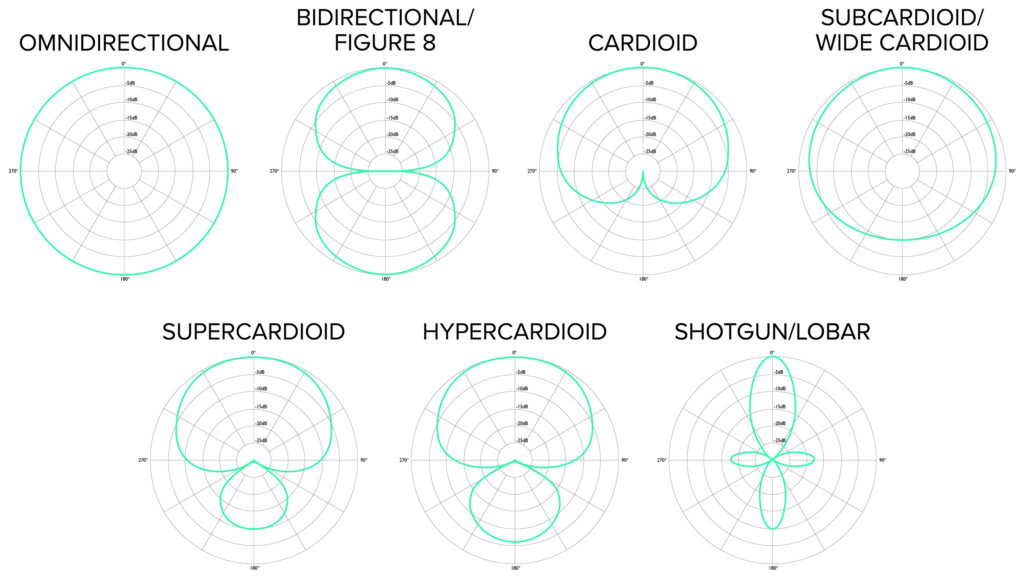
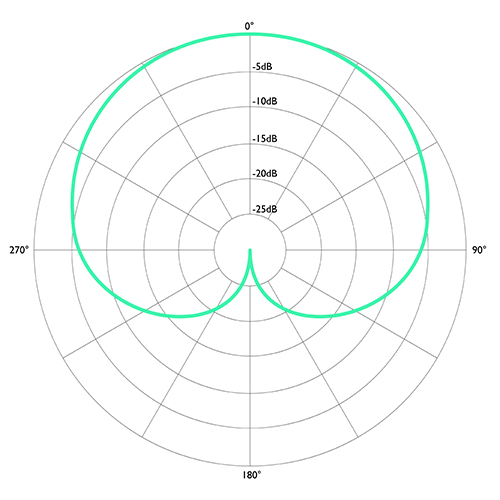
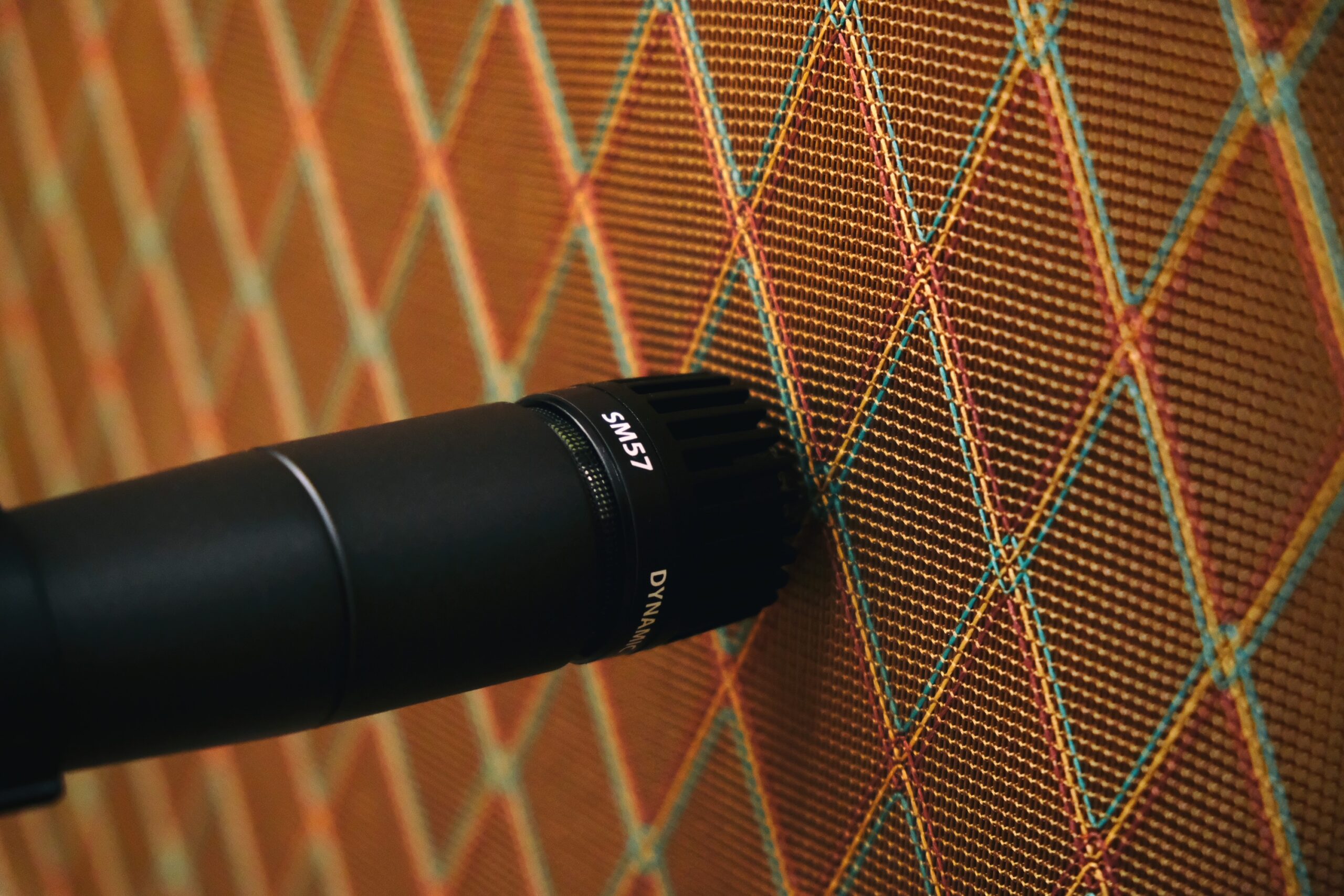
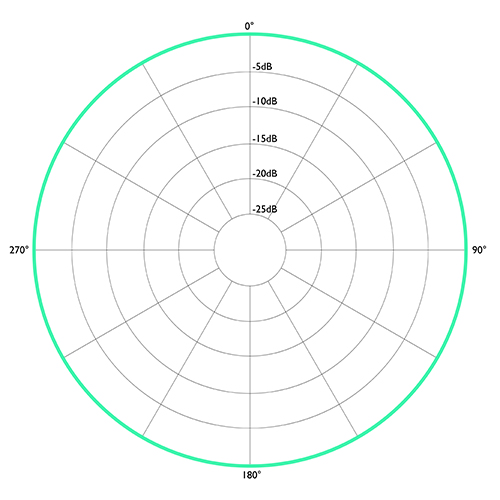
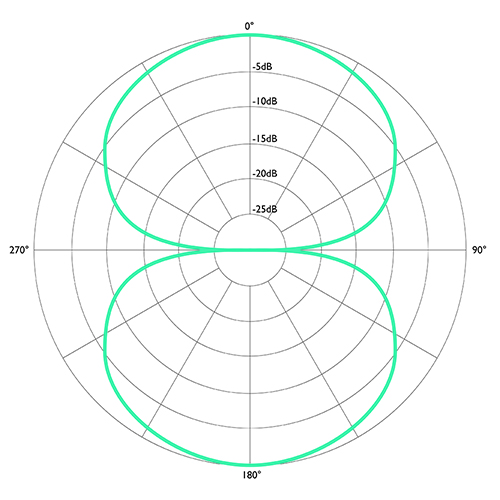
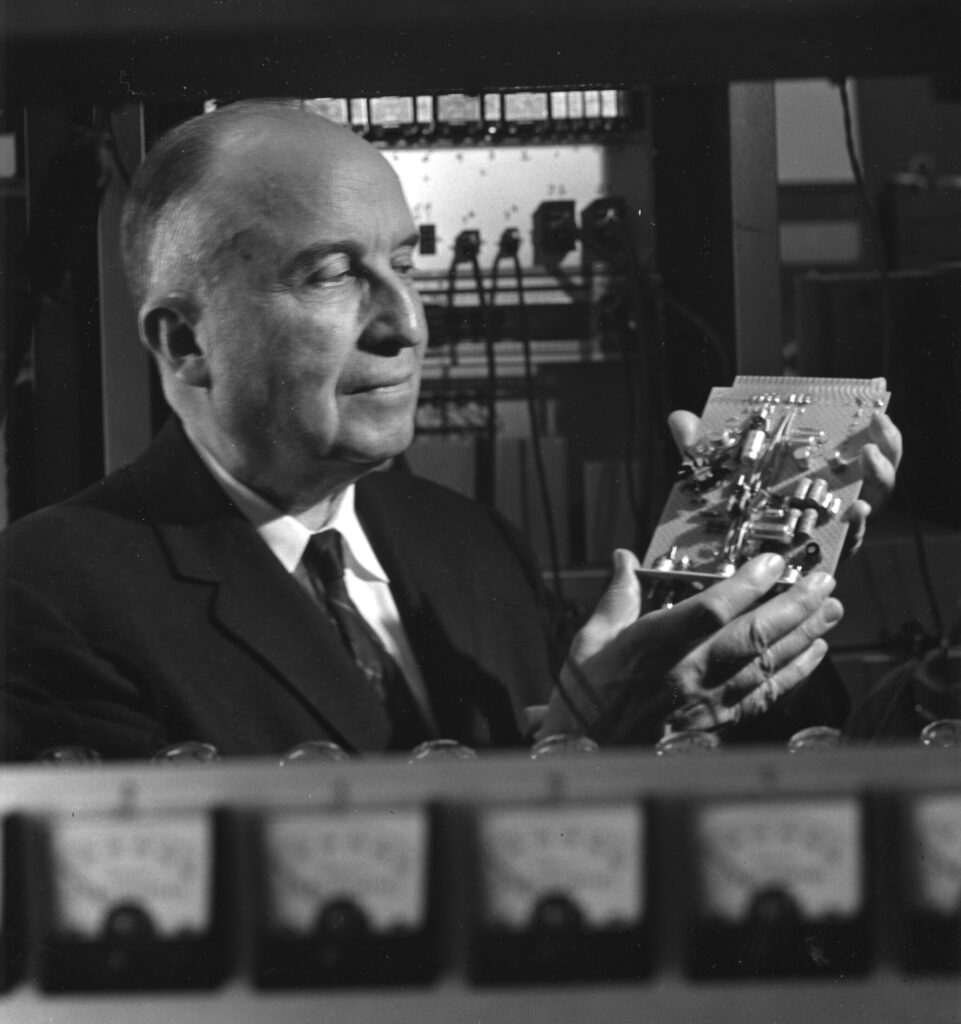
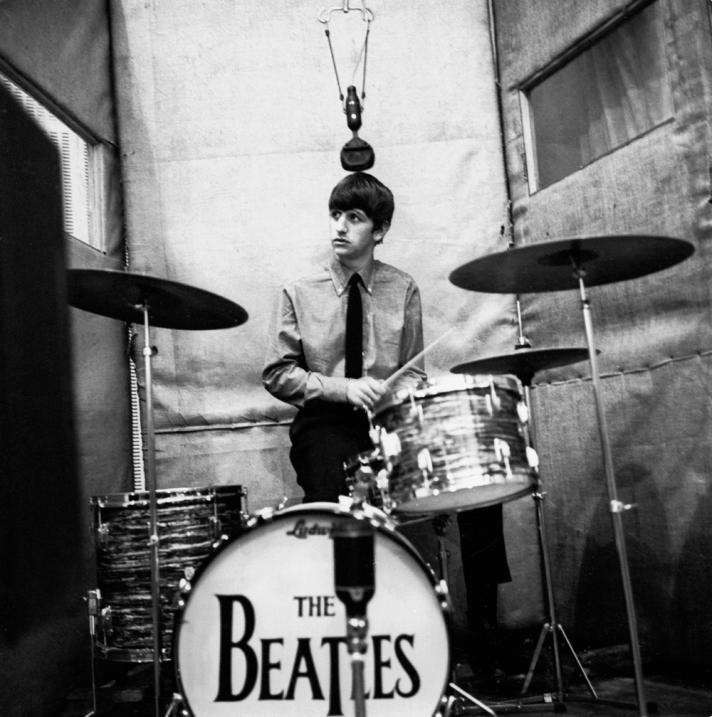
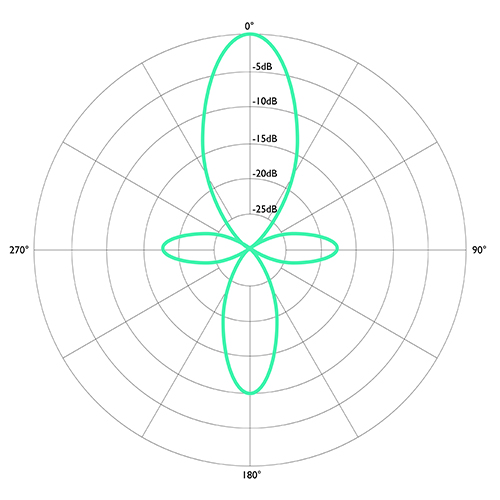


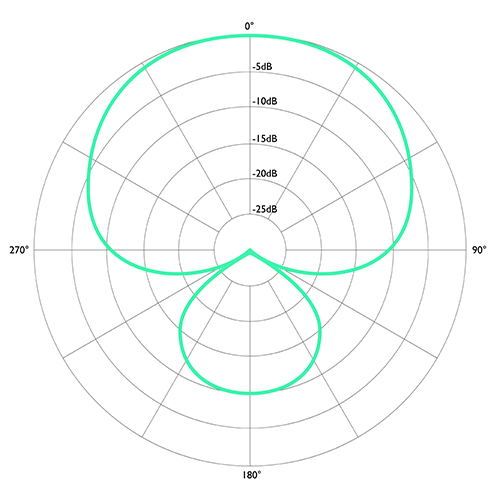
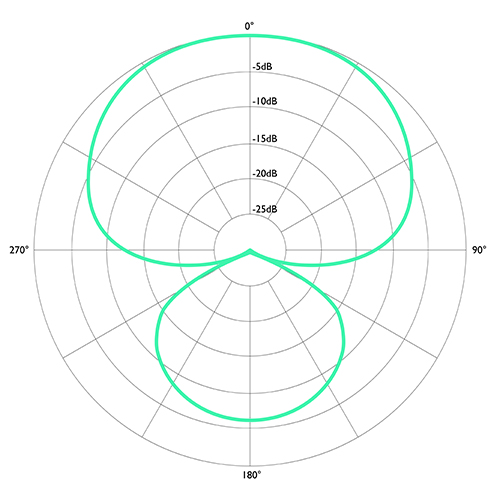 Applications for Hypercardioid
Applications for Hypercardioid